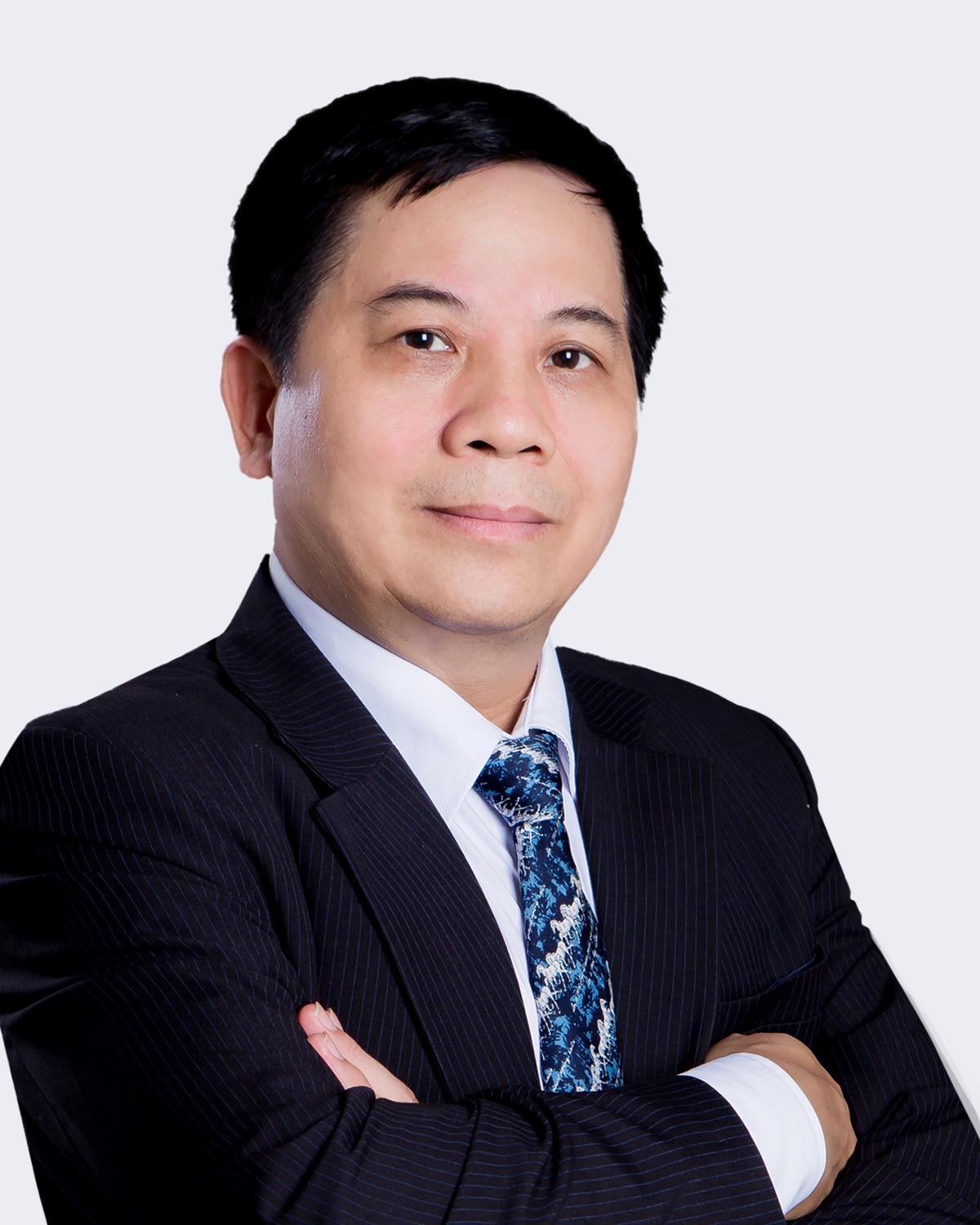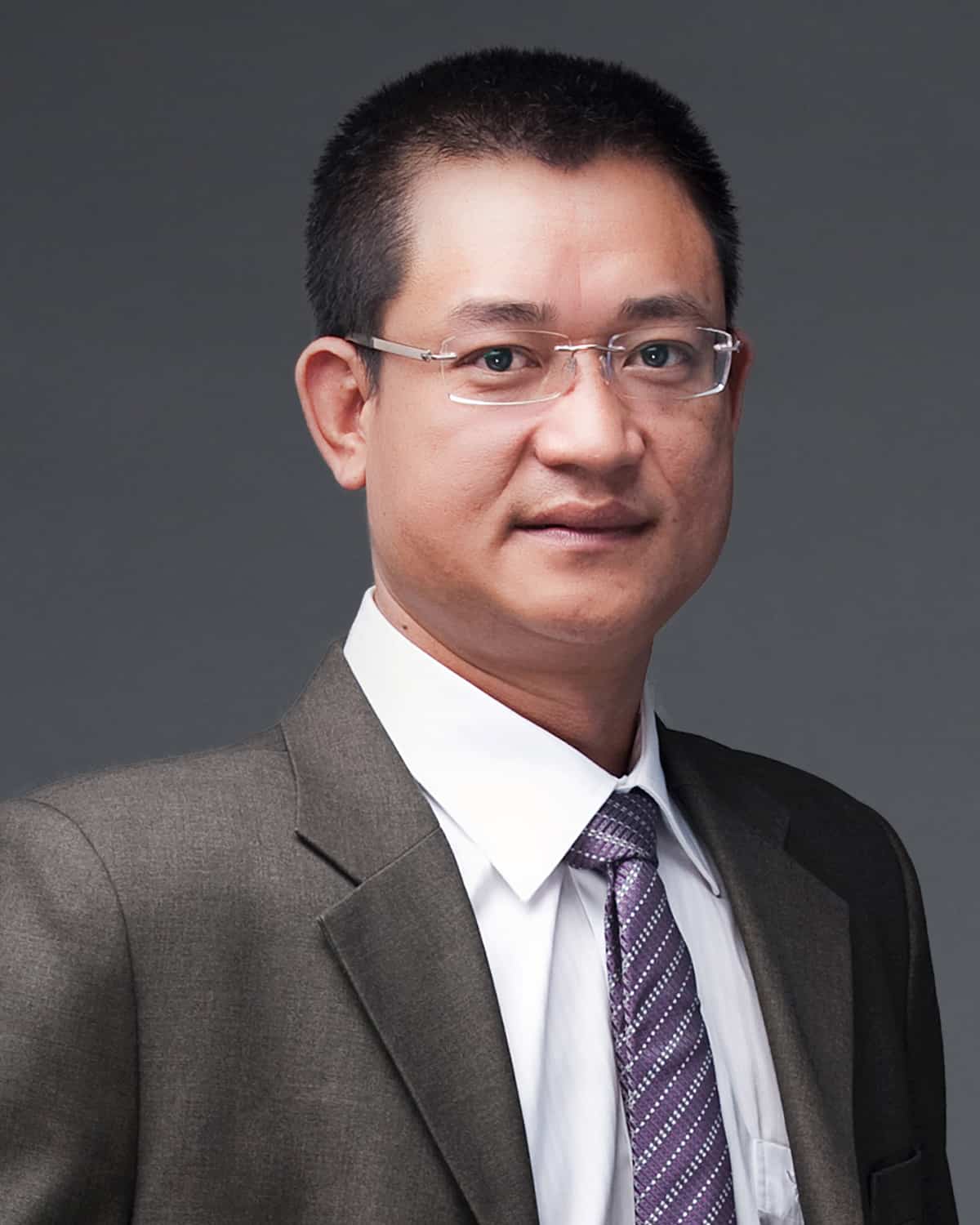
In Vietnam, granted patents can be amended under provisions found in Article 97 of the Law on Intellectual Property (IP Law). Under Article 97, a patent owner has the right to ask the National Office of Intellectual Property (NOIP) to amend a granted patent for any of the following reasons:
- To update or correct errors in the name and address of the inventor and patent owner;
- To correct errors in the patent made by the NOIP; or
- To narrow the scope of patent protection. In this case, the subject patent application must be reexamined as to substance.
The regulations in the IP Law lack specificity, but are clarified to some extent by subordinate guiding legal documents such as Circular No. 01/2007/TT-BKHCN (Circular 01), as well as the NOIP’s recent practice.
Amendment of Scope of Claim
Point 20.1(b) of Circular 01 defines a request to narrow the scope of patent protection, as mentioned above, as a request for the reduction of one or more independent or dependent claims within the scope of protection of the patent. In other words, Circular 01 interprets the phrase “narrowing the scope of protection” to mean “reducing” the claims. But should “reducing” be interpreted to mean that the patent owner can only delete claims or that the patent owner can also amend claims to narrow (reduce) the scope of protection of those particular claims?
Literally, “reduction” could be understood to only permit the deletion of claims. However, if amending the scope of an individual claim is not permissible, such interpretation would obviate the requirement under Article 97 for substantive reexamination of the corresponding patent application. If claims are only deleted, a reexamination as to formalities would seemingly be sufficient.
For further clarity, we can look at the NOIP’s recent practice and, in fact, we find that the NOIP has recognized that one or more claims can be amended to reduce the scope of a claim rather than just being deleted. This complies with international practice and ensures the legitimate interests of patent owners.
Correction of Errors
In principle, only claims are allowed to be amended, but the entire specification can be corrected as to errors. As mentioned above, Article 97 of the IP Law gives the patent owner the right to request correction of errors made by the NOIP in the granted patent. In addition, Point 20.2 of Circular 01 states that if errors are found in a patent, the NOIP will, of its own volition or at the request of the person finding the errors, withdraw the patent and re-grant a new patent. Accordingly, a patent owner can request the NOIP to correct other errors, i.e., those not made by the NOIP, under Point 20.2.
However, in practice, the NOIP only agrees to make corrections if the errors are obvious errors and there is a clear basis showing that such correction is appropriate and does not expand the scope of protection beyond the disclosure as originally filed.
Reexamination
A reexamination is conducted when a request to amend one or more claims to narrow the scope of protection is filed. Logically, only the amended claims would require substantive reexamination. However, under Point 16.2 in Circular 01, the reexamination under Article 97 is conducted in the same manner as the examination of a normal patent application, and, in practice, a patent owner could request that both the amended claims and unamended claims be reexamined if, for example, it wanted to reconfirm novelty before deciding to take action against a third party in enforcement matters. There is no other regulation based on which a patent owner is able to request a reexamination of its patent.
To date, there have not been many post-grant amendments made in Vietnam, especially claim amendments, and thus there has been little opportunity to examine the consequences arising from such amendments. Therefore, further regulations related to this issue have been largely absent from Vietnamese legal documents.
Patents are often allowed in Vietnam based on the granting of a corresponding application by the patent office of a reputable foreign jurisdiction such as the USPTO, EPO, JPO, KIPO, etc. It is an open question whether a post-grant reduction in claim scope in the corresponding foreign patent necessitates a duty to amend the same claim in Vietnam.

